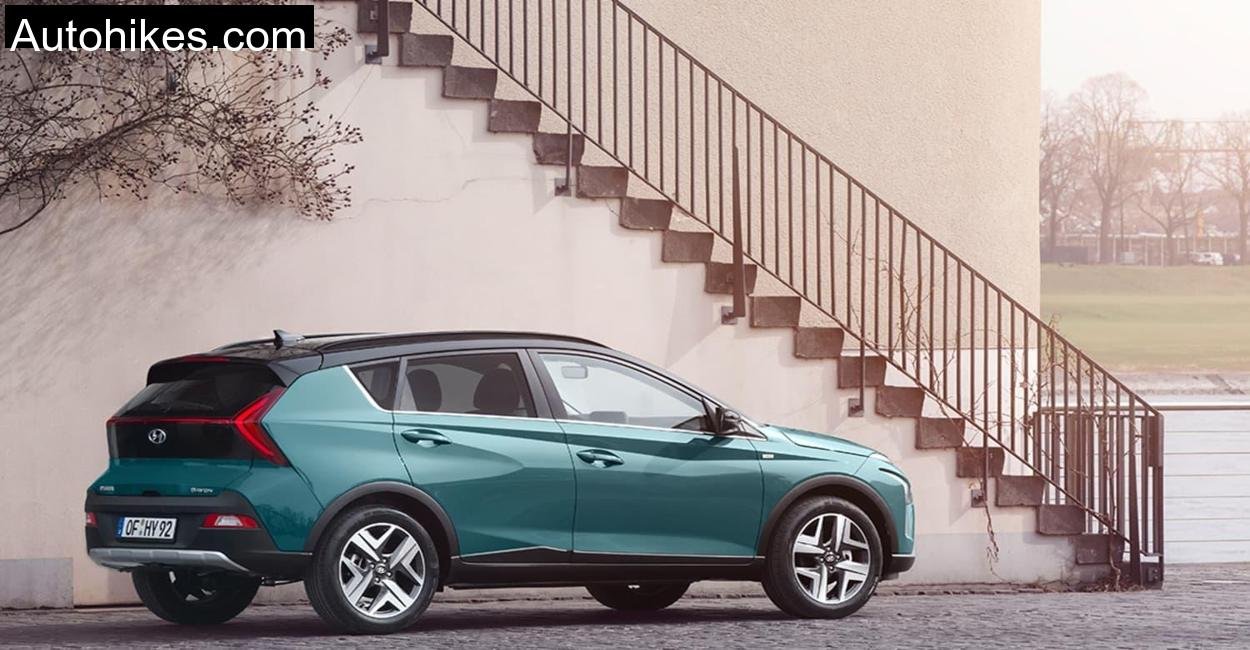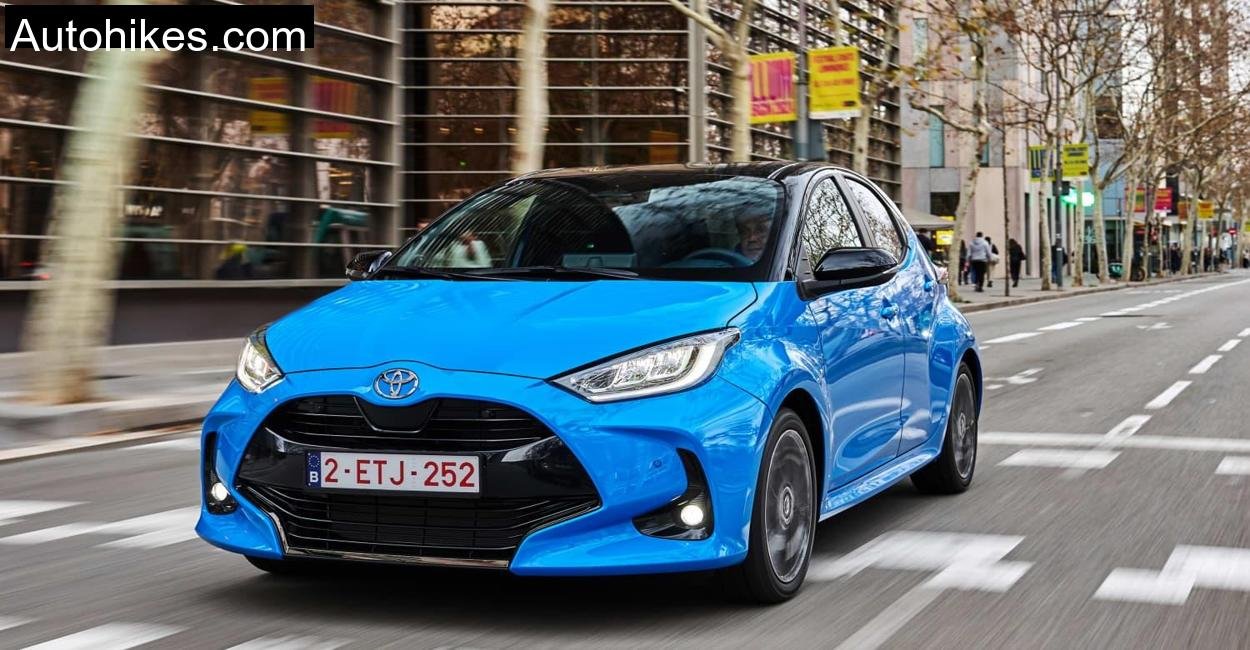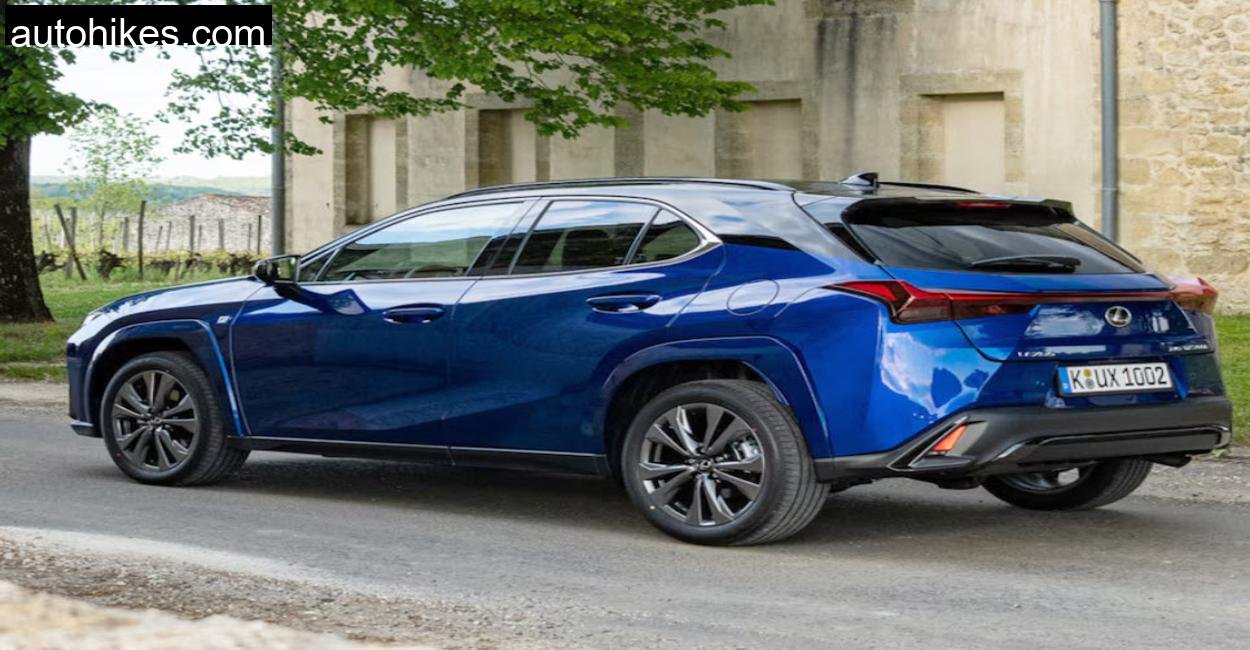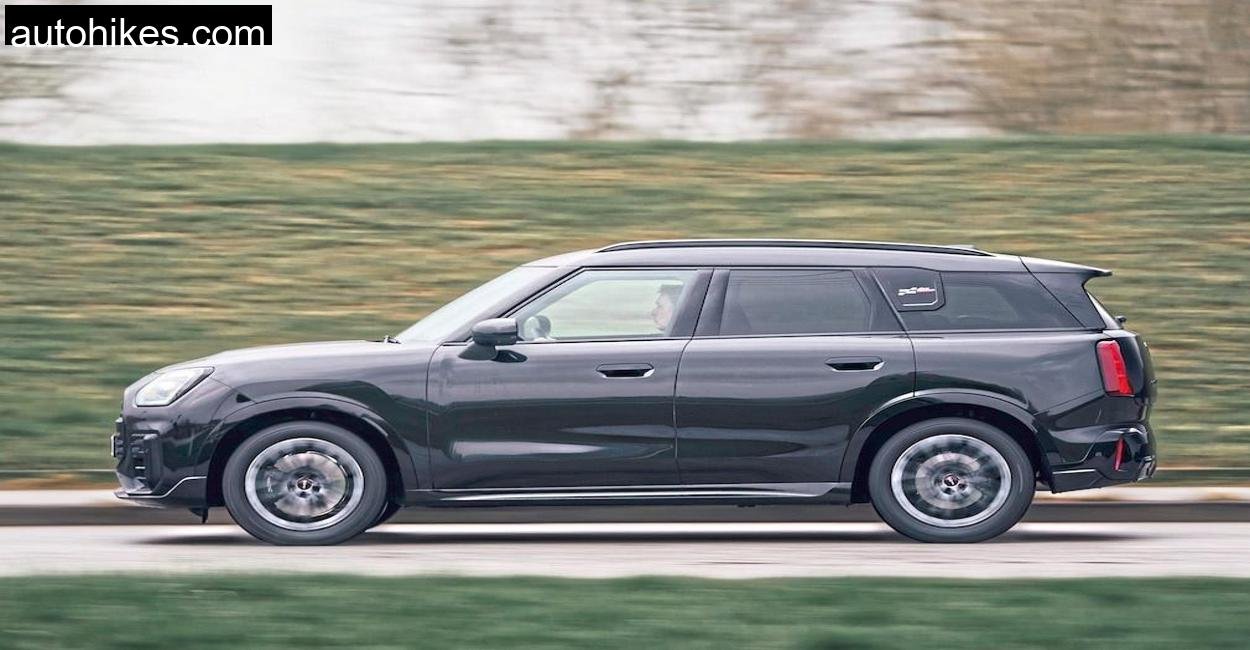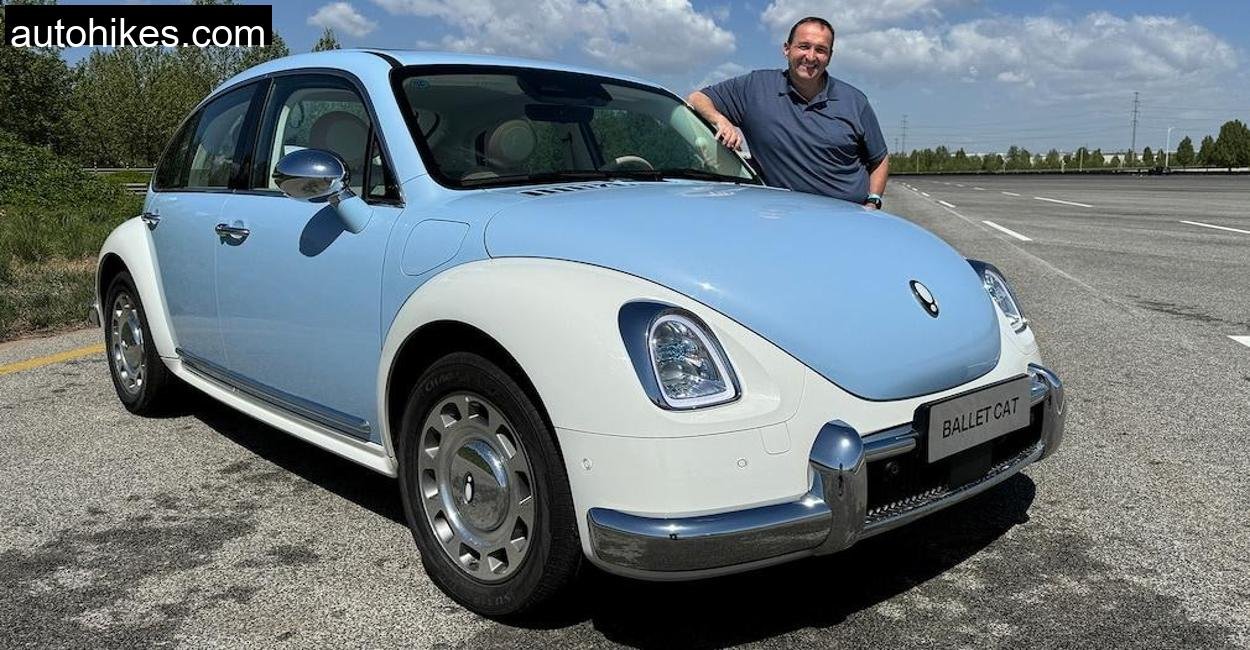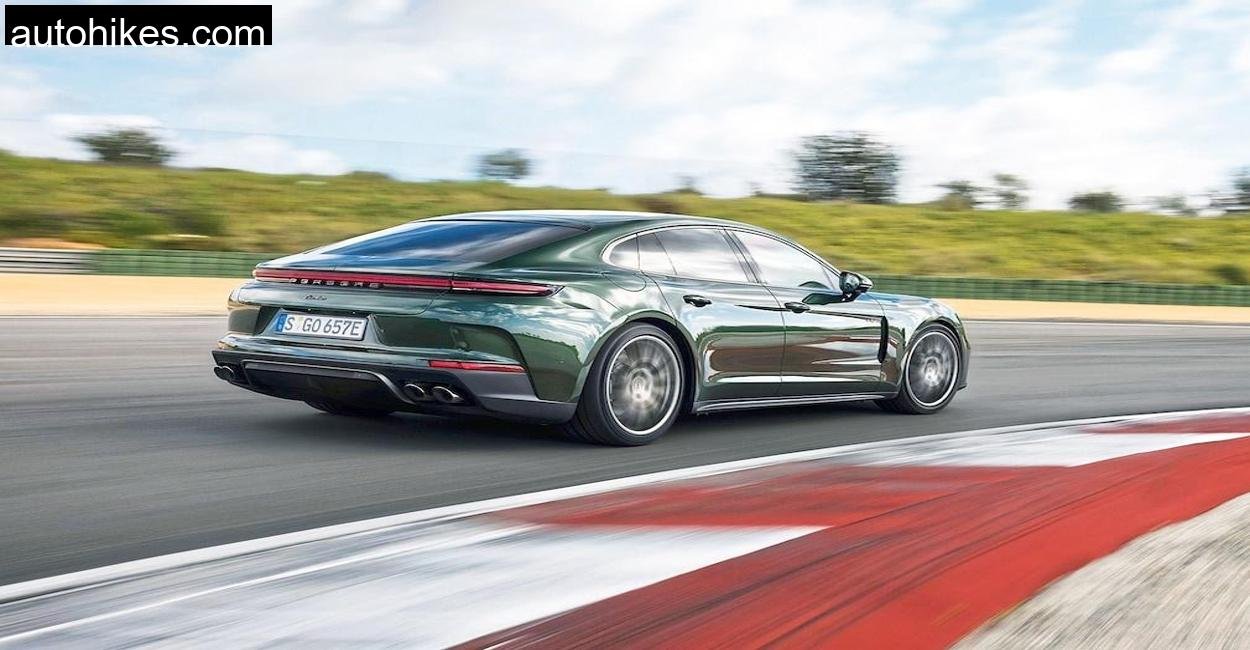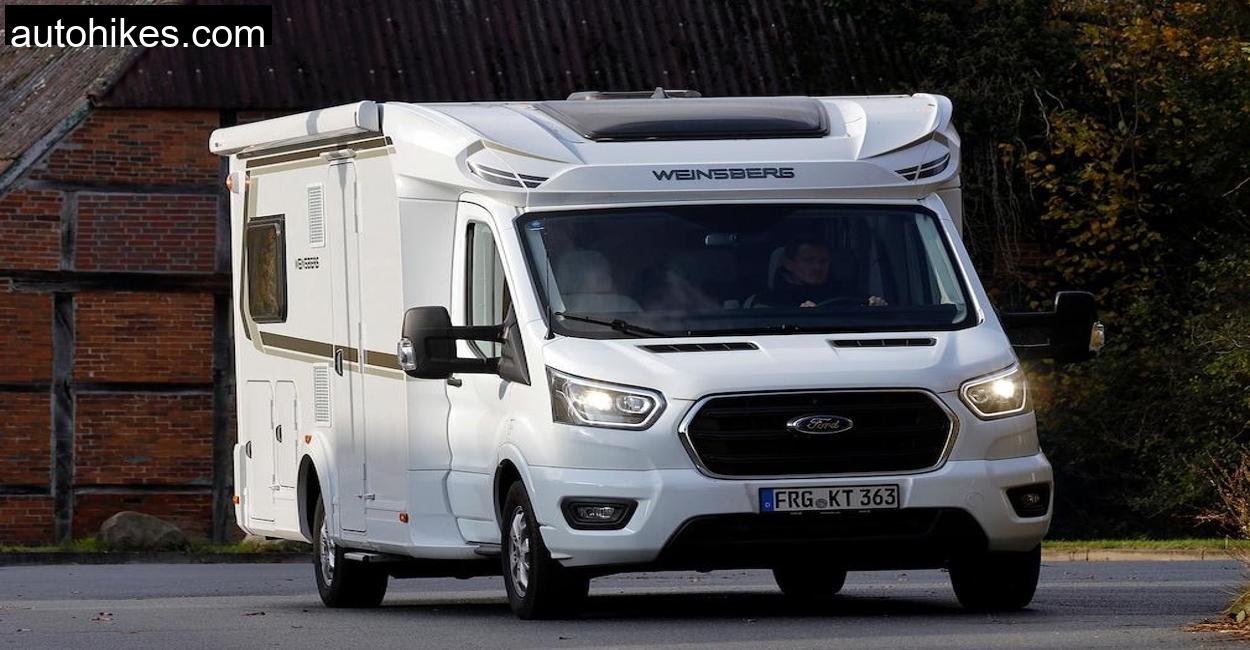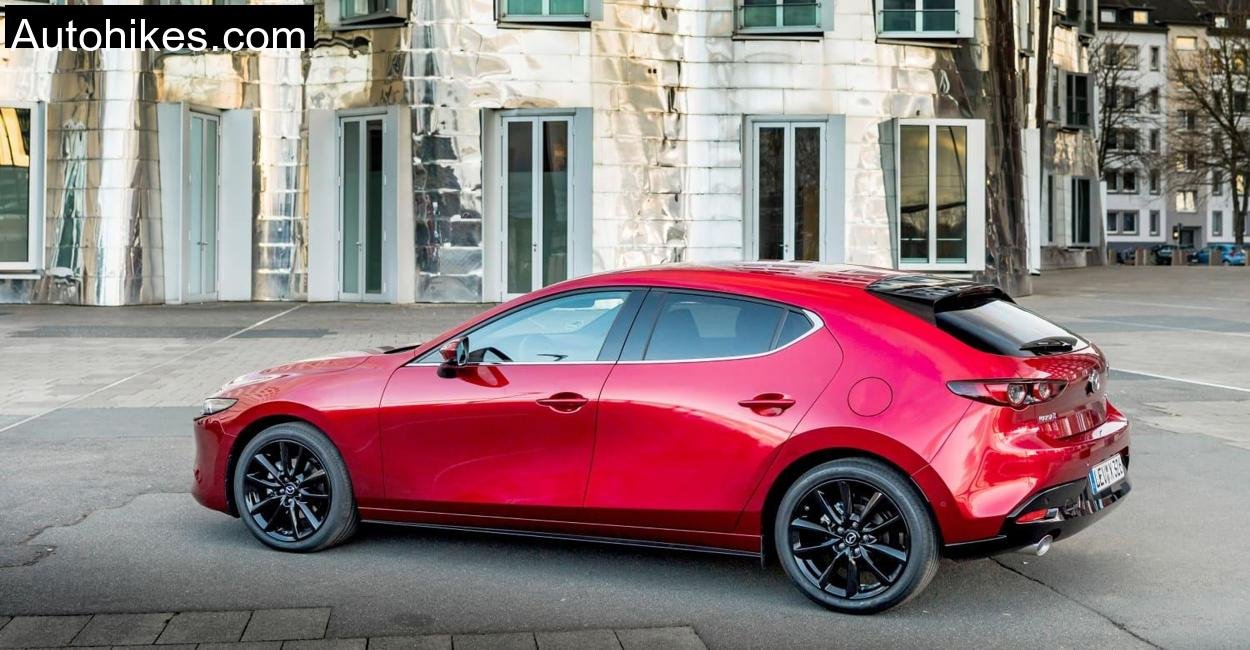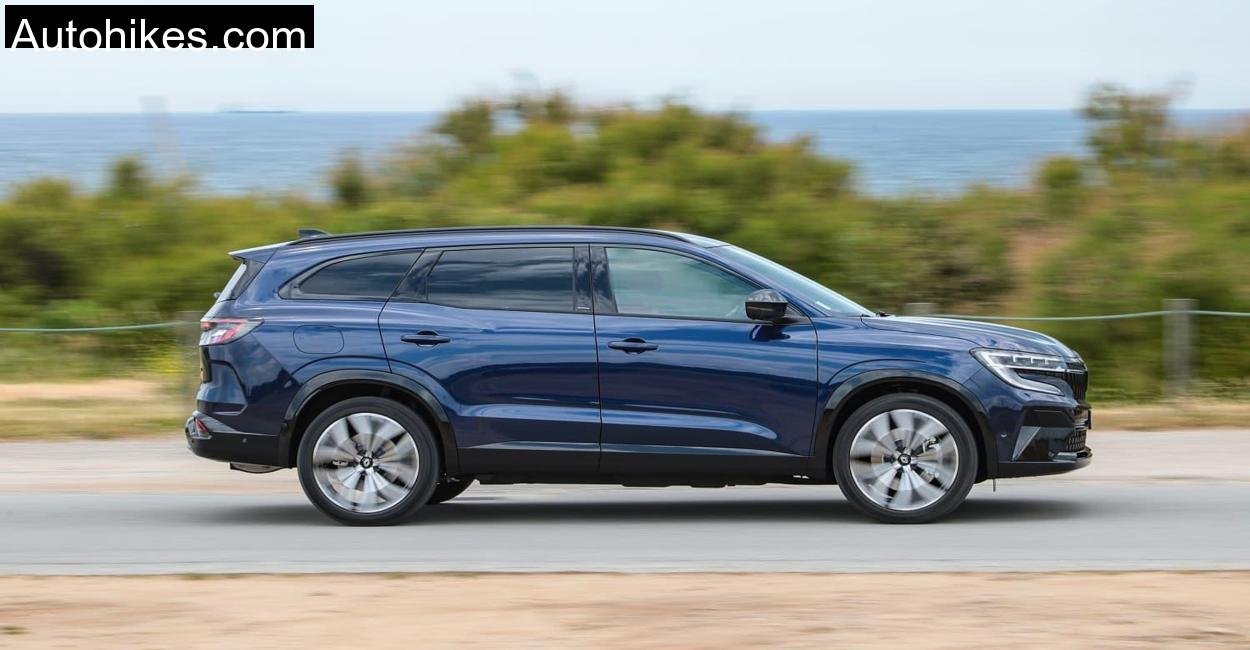There’s something about the winding roads of the Amtsberge that makes even a humble mini SUV feel like it has something to prove. We took the updated 2024 Hyundai Bayon, Hyundai’s compact challenger in the mini SUV category, to this often, overlooked hill range in Lower Saxony, not to test its Nürburgring lap time, but to find out how it handles the real world: tight forest corners, sharp elevation changes, imperfect country roads, and everything else Germany’s backroads throw at you. The Bayon was never built to thrill on a racetrack, but after a few hours on those narrow, tree, lined routes around Dassel and Hellental, it revealed exactly why it exists, and why it might just be the smartest mini SUV under €30,000 today.
The Bayon is Hyundai’s second offering in this segment, following the Kona. It’s a car that shouldn’t exist by marketing logic, yet makes perfect sense on the road. It’s compact, light, and surprisingly practical. And now, with a recent facelift and a simplified drivetrain lineup, it’s sharper than ever. We tested both the 100 hp iMT manual and the 120 hp DCT variants in real, world conditions, and it’s time to dive into the nitty, gritty of how this little Korean machine really performs outside the confines of spec sheets.
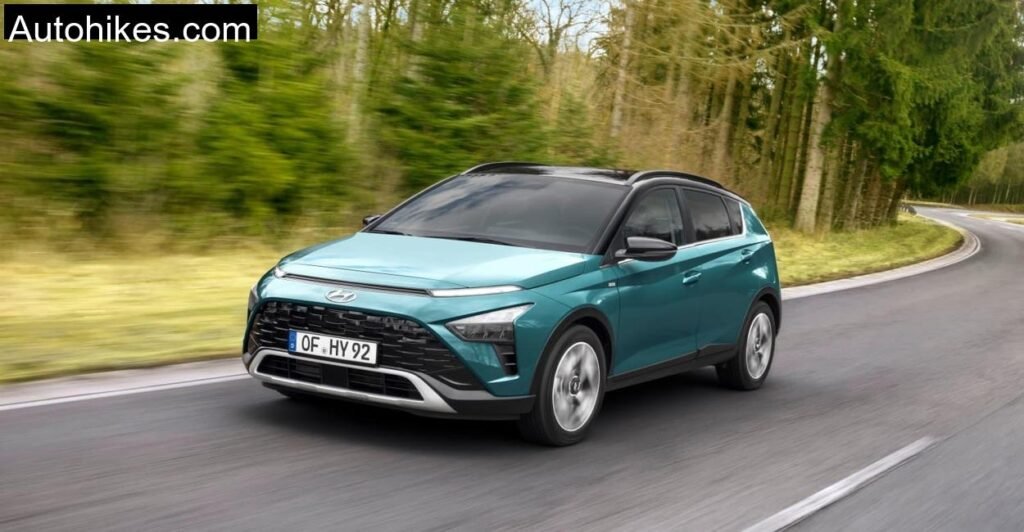
First Impressions: A Leaner, Smarter Take on the Mini SUV Formula
The Bayon doesn’t hide its intentions, it’s unapologetically compact and pragmatically styled. The front fascia now features Hyundai’s signature full, width daytime running light bar, giving it a modern, tech, forward look. Parked in front of a gasthof near Mackensen, it turned more heads than I expected. It’s not beautiful in the classic sense, but it is distinctive, and that matters in a class where most competitors blur into anonymity.
Jumping inside, I immediately noticed how clean and functional the layout is. Hard plastics dominate the cabin, sure, but the build quality is tight, no rattles, no loose panels, no “budget car” vibes while driving through rough patches. The 10.25, inch digital instrument cluster is crisp and intuitive, while the touchscreen infotainment unit responds quickly, integrates Apple CarPlay and Android Auto seamlessly, and isn’t buried under confusing submenus. Hyundai clearly prioritized usability, and it works.
The seats are unexpectedly generous. I’m 1.84 meters tall, and I had legroom and headroom to spare up front. Even in the back, two adults can ride comfortably, three is pushing it, but that’s true of almost every B, segment crossover. The Bayon is narrow, but thanks to clever seat sculpting and a flat, ish floor, it never feels cramped.
Performance in the Amtsberge: Light Car, Big Character
The Amtsberge is not a forgiving place for underpowered cars. The ascents are steep, the corners tight, and overtaking opportunities few. You either find the torque quickly or get left frustrated in second gear. I started with the 100 hp iMT (intelligent manual transmission) variant, mildly hybridized with a 48V system. The gear lever action is light but has some notchy resistance that I appreciated, this isn’t a vague city hatch shifter; it has some mechanical feel to it.
Power delivery from the 1.0, liter turbocharged three, cylinder is surprisingly linear. There’s a little turbo lag under 2,000 rpm, but once you learn to feather the throttle in the 2,000, 4,000 rpm range, it becomes a lively partner for the twisty stuff. It’s not quick in the absolute sense, 0 to 100 km/h takes 10.7 seconds, but on narrow country lanes where second and third gear do most of the work, it feels eager enough. Overtaking tractors or lumbering delivery vans up a 6% grade? Manageable. Downshifts help, and the mild hybrid system subtly assists with torque, fill, smoothing out the power delivery.
Later, I swapped into the 120 hp DCT version. The dual, clutch transmission here is a gem for the class. Smooth shifts, reasonably responsive in manual mode, and smarter than most rivals in automatic mode. It picked the right gear most of the time, even during aggressive cornering or uphill pulls. The extra torque, 200 Nm vs. 172 Nm, makes a noticeable difference when climbing steep stretches around Negenborn and Deitersen. This version sprints from 0 to 100 in 10.4 seconds, but more importantly, it shaves over a second off midrange sprints like 60, 100 km/h. It just feels more relaxed when pushing on.
Noise insulation is decent but not premium. That three, cylinder rasp is audible under load, especially when wrung out above 4,000 rpm. There’s also a mild vibration at idle, particularly in the iMT version, but it never crosses into annoyance. In fact, it adds a bit of character in an era where small engines often feel completely detached from the driving experience.
Ride Comfort and Handling: Balanced Where It Matters
The suspension tuning in the Bayon is where Hyundai made one of its smartest choices. It doesn’t try to be sporty; instead, it’s well, damped, supple, and forgiving. Potholes, expansion joints, and rough cobblestones, of which Amtsberge has plenty, are all dealt with in a calm, composed manner. Only the sharpest edges thump through, and even then, the impact is muted.
Through tighter corners, body roll is present but controlled. The Bayon doesn’t pretend to be a hot hatch, it gently leans into corners instead of snapping to attention. The steering is light but accurate, perfect for threading through village lanes or parallel parking in front of a bakery in Hellental. The 17, inch alloys on our test car added some visual flair, but they didn’t ruin the ride comfort. The turning circle is tight, and visibility is excellent thanks to the car’s boxy profile and slim A, pillars.
If I had to nitpick, the rear suspension can bottom out a bit over large compressions when fully loaded. With two passengers and a pair of mountain bikes in the back (wheels removed, seat folded flat), we did experience a soft bounce over one of the steeper gravel descents. But again, this is a €21k mini SUV, not an all, mountain crossover.
Real, World Efficiency and Practicality: Surprisingly Clever
Over three days of mixed driving, city, rural, and Autobahn, the iMT variant averaged 5.9 liters per 100 km, while the DCT returned 6.4 l/100 km. Both were filled with E10 premium petrol, and we drove with air conditioning on most of the time. These numbers are close to ADAC’s own figures and very respectable for a turbocharged three, cylinder.
The Bayon’s boot space is also worth mentioning. In the 48V mild hybrid versions, you get 334 liters with the rear seats up, expanding to 1128 liters when folded. It’s less than the non, hybrid Kona but still enough to swallow two large travel bags and a weekend’s worth of groceries. Loading height is low, and the tailgate is light enough for one, handed operation.
There are practical touches everywhere: big door pockets, a wireless charging pad, USB, C and USB, A ports front and back, and good cupholder placement. Even the glovebox is decently sized.
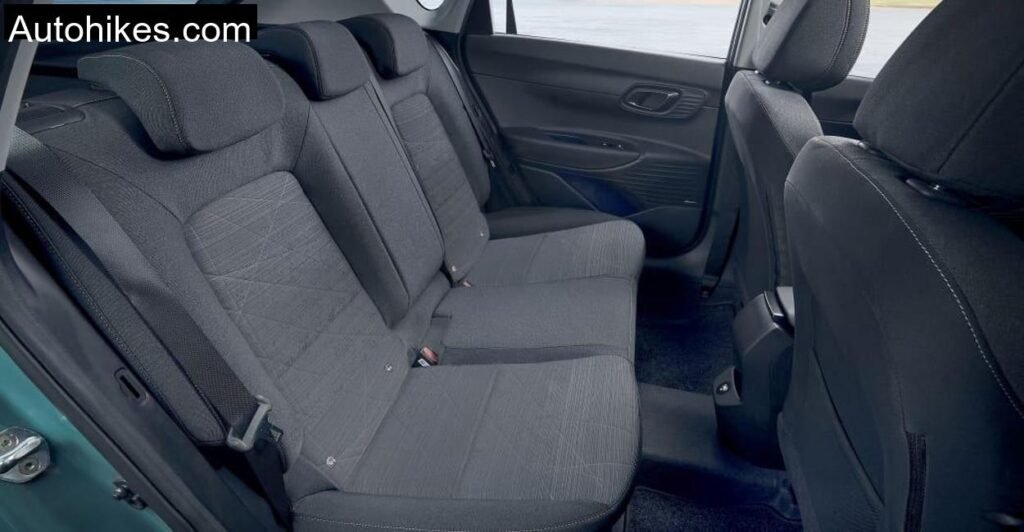
Specs Table: Hyundai Bayon 2024 Variants
Hyundai’s official site is our real-time source for all technical details to ensure complete reliability.
| Specification | Bayon 1.0 T, GDI 100 hp iMT | Bayon 1.0 T, GDI 120 hp DCT |
| Engine Type | 1.0L 3, cylinder turbo (MHEV) | 1.0L 3, cylinder turbo (MHEV) |
| Power Output | 100 hp (74 kW) | 120 hp (88 kW) |
| Torque | 172 Nm | 200 Nm |
| Transmission | 6, speed iMT (manual) | 7, speed dual, clutch automatic |
| 0, 100 km/h | 10.7 seconds | 10.4 seconds |
| Top Speed | 183 km/h | 185 km/h |
| Combined WLTP Consumption | 5.5 l/100 km | 5.2 l/100 km |
| CO₂ Emissions (WLTP) | 125 g/km | 119 g/km |
| Boot Space (seats up/down) | 334 / 1128 liters | 334 / 1128 liters |
| Length x Width x Height (mm) | 4180 x 1775 x 1490 | 4180 x 1775 x 1500 |
| Base Price (Germany) | €23,660 | €29,330 |
| Warranty | 5 years | 5 years |
Conclusion: The Bayon Makes the Right Kind of Noise
The Hyundai Bayon isn’t glamorous. It doesn’t boast AWD, doesn’t come with a 200 hp powertrain, and doesn’t pretend to be something it’s not. But what it is, a cleverly packaged, well, built, practical, and surprisingly refined mini SUV, is something far too many competitors miss the mark on.
After days on the Amtsberge, dodging tractors, dipping into tight switchbacks, and stretching its legs on the B64, I came away with a quiet admiration for the Bayon. It’s honest. It’s capable. And in this increasingly expensive world of bloated crossovers, it’s refreshingly no, nonsense. For buyers looking for value without sacrifice, the Bayon should be more than just a footnote next to the Kona, it should be the headline.
Is the Bayon really more spacious than the Kona?
In terms of cabin width and usable boot space (especially in the non, 48V variants), yes. It feels roomier than you’d expect given the small footprint.
Does the mild hybrid system of Bayon make a real difference?
Slightly. It smooths out low, speed transitions and helps reduce consumption in start, stop traffic. Don’t expect hybrid, like fuel savings though.
Can Bayon handle long Autobahn trips?
Yes. The Bayon feels stable at 130, 150 km/h and doesn’t get noisy unless you push past 160. Seats are supportive enough for 2, 3 hour stretches.
